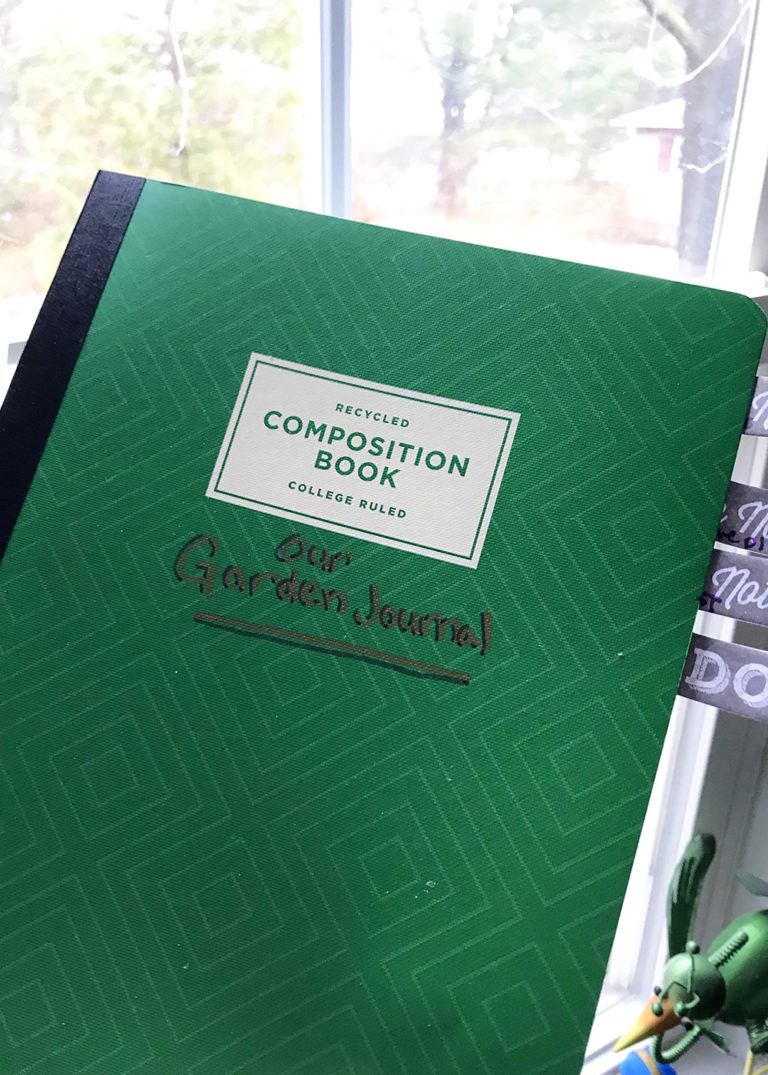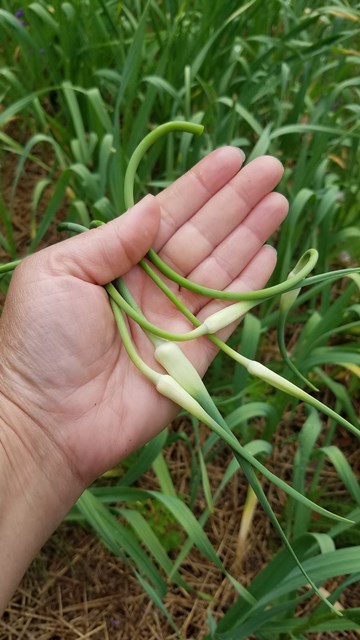Thomas Jefferson kept a garden journal, and you can, too
A garden journal, or garden record book, is a place to log the seeds you use, where and when you plant, the results and more. Here’s how to create one.

Every year, Ivonne Vazquez, a master gardener from Orono, makes sure to bring a camera with her when she is working in her gardens.
She uses it to snap photos things that catch her eye: the way the morning dew glistens on a leaf, the beauty of a flower, the insects that are visiting her plants. She also uses the camera, either the one on her phone or her high-definition digital camera, to track what she plants and where she plants them, what beneficial insects visited her garden, how the harvest went and much more.
“Because I’m so visual, and I’m a photographer anyway, it was just very easy for me to take photos,” Vazquez said. “There’s the old adage, a photo is worth a thousand words. But to me, it’s worth so much more than that.”
That’s because she has used those photos for years to carefully document information about her garden. Keeping a garden record book is an old practice. Thomas Jefferson famously did so, jotting down notes about the crops he planted from 1766 to 1824 in the kitchen garden at Monticello, in Virginia. Thanks to his work, people today know exactly when peas were planted and first harvested in 1771, as well as information about weather conditions and how his experimental fruit and vegetable crops did.
Today, garden record books can be just as traditional as the one that the Founding Father kept, or as modern as the one that Vazquez accesses on her phone or computer, scrolling through the bounty of photos she has snapped over the years. But no matter how a gardener decides to document their gardens from year to year, the information gathered can be enormously helpful in terms of learning from the past and planning for the future.
“You, too, can have a garden book,” Wayne McLaurin from the University of Georgia Cooperative Extension Service wrote years ago in a bulletin. “It may not go down in history, but it will be helpful over the years to come. Enter the name of each variety, the seed source, lot number (if available), date planted and date harvested. Write down your evaluation of the crop, too. Keep records on chemicals used, fertilizer analysis and anything of personal interest. All of these notes will help you plan next year’s garden a little more efficiently.”
That’s been true for Vazquez, who said that her photos help her see how well plants have done when she has applied compost to them, how her garden trials and experiments did, which companion plantings really worked and more. She uses the images as a visual aid when she teaches a class at Bangor Adult Education or gives a garden club presentation.
“Most, if not all, of the photos I use are of my garden, showing both successes and failures,” she said. “Especially when I’m planning my gardens for the next season, it’s very helpful to me to be able to look at a photograph. You do forget, from season to season. Even from the beginning of the season, you forget what you planted. There are times when a photograph will help me out.”
Vazquez uses other techniques, too, including writing on the seed packets to remember when she planted what. She also makes a map template of her garden that she uses in the winter to make notes of the previous season and plan for the upcoming one. Still, of all the methods she uses, she finds taking pictures to be the most effective. And even if gardeners may feel their gardens are not “pretty enough” to document and are intimidated by the idea, she encourages them to try it anyway.

“Does your garden make you happy, and does it make you smile? Then it’s pretty enough, and it’s the perfect garden for you,” Vazquez said. “To me, whatever happens to catch your eye, whatever makes you happy, whatever you want to keep a memory of, take a picture. It’s very fleeting. That’s what people tend to forget. That moment, that feeling, it’s a very fleeting thing.”
As well, a photo can help a gardener remember the warmth and sounds and smells of a summer day outside, she said, and that is a delight in the middle of the winter.
“That’s the beauty of the photograph,” she said. “What a pleasure it is to be able to sit by the woodstove and be able to remember that, and to become excited for the season coming on you.”
